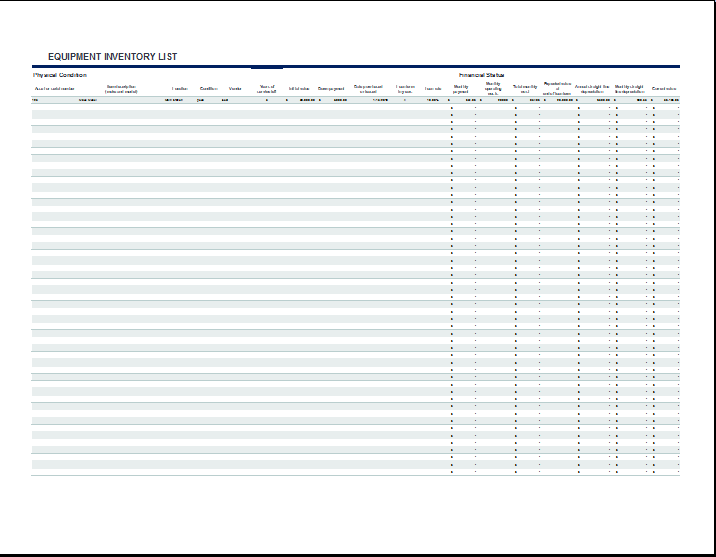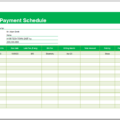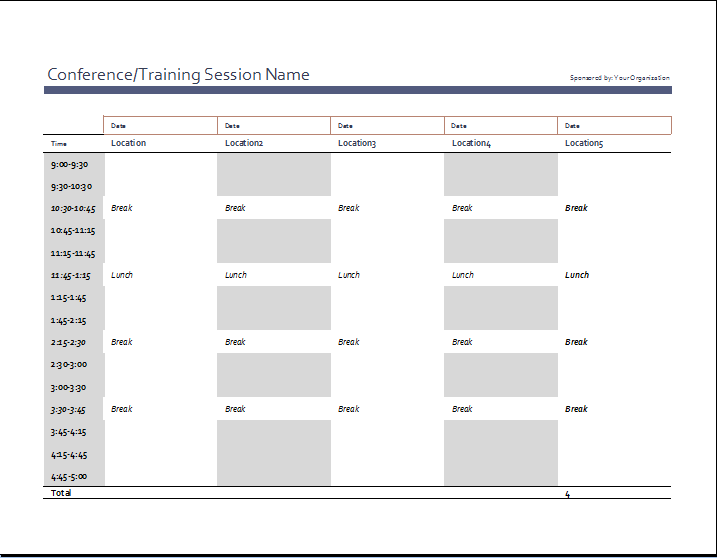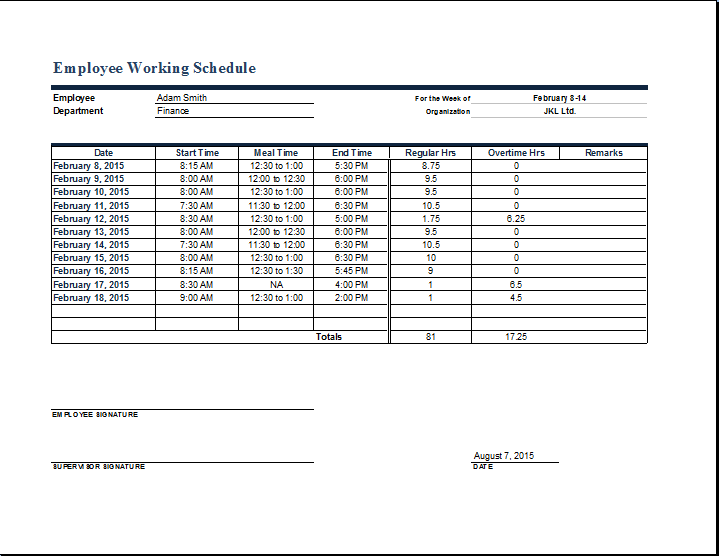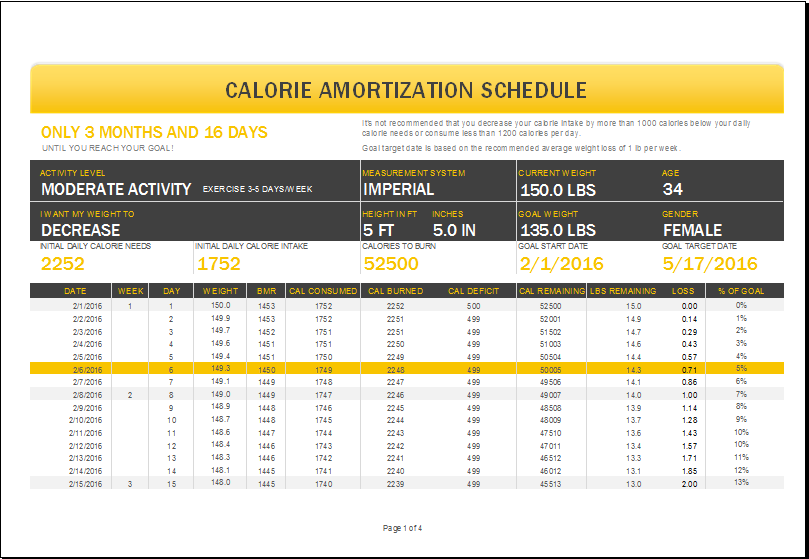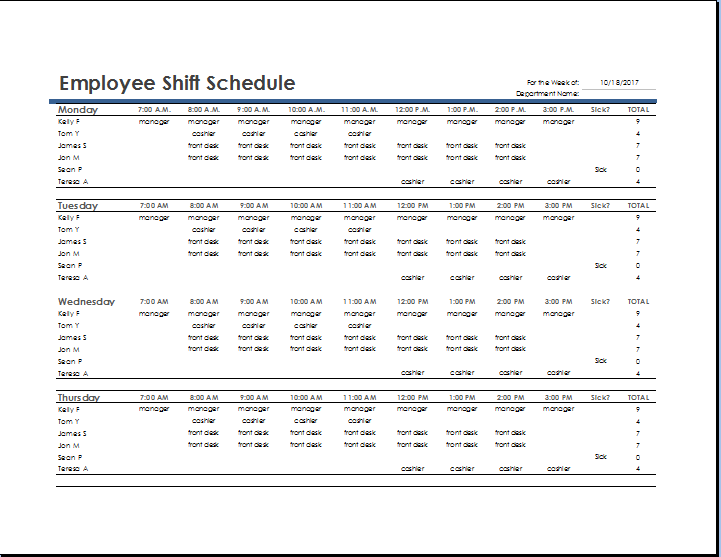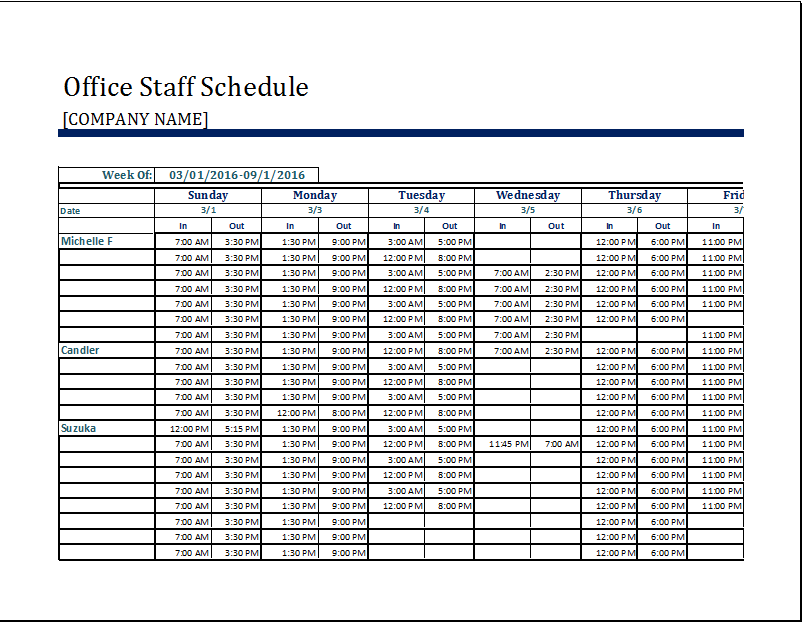Inventory keeps hold of all the things that a company holds in its possession as an asset. Many tools are used by an organization to perform day-to-day tasks. Some tools are for sale and some are used during the process of manufacturing.
In some cases, the entire system and the working of a company entirely depend on the equipment that is present in the inventory. The company never wants to run out of them. Therefore, it keeps track of them by preparing an inventory.
What does an equipment inventory include?
This inventory document includes all those tools that are pre-owned by the company or an individual. It also includes the list of products that are newly purchased. The products that have been scrapped are also mentioned here but in a different category.
The document of the inventory is used because it gives a brief overview of the equipment that is currently available. The document also shows the total quantity of the tools, the location of the drawer in which the equipment is located, and some other useful information.
Is it important to use a tool’s inventory?
The equipment present in your warehouse is very precious because you have spent money on buying it. You may never want to lose any tool that you have brought to your asset collection. Therefore, management of the inventory is one of the most crucial tasks everyone would like to do. It improves the overall efficiency of the store and makes the staff work more productively.
What are the main elements of the equipment inventory?
Precisely, this sheet of the warehouse products includes the components which are listed below:
Identification details of the tools:
A warehouse is a place where a business keeps thousands of its tools and equipment. Keeping track of each and every tool is important for effective management. There should be a section in the record sheet that can take input from the user regarding the identification of the tool. This information often includes the barcode number or unique ID that is usually assigned to every item at the time when it is stored in the warehouse.
Description of each product:
This section includes information such as the name of the brand or manufacturer, the date on which it was manufactured, the model, the expiry date, and much more. When a customer demands equipment, it can be searched with the help of the specifications defined.
Quantity of the items:
This sheet should also mention the quantity of the items available in the warehouse. As and when a product is sold out or brought to the warehouse, this section of the sheet should be updated so that the storekeeper can see whether a product is going to be out of stock. This also lets the storekeeper decide how many items of the same type are available in stock.
Physical location:
The storekeeper always wants to have easy access to every inventory item. When items are in bulk, it can create problems for them when they try to search for something. This is the reason, the physical location of products in the warehouse is also noted. The details regarding the drawing number, aisle number, cupboard, section name, and some other information that points to the physical location can be entered here.
Price per unit:
It might not be possible for a storekeeper to remember the price of every tool. Therefore, the price per unit should be mentioned and it should also be updated as and when it is required.
The bottom line:
A store does not run successfully unless its assets are not managed properly. The management of the assets includes keeping track of the material that you have in your store in addition to providing maintenance and replacement to the broken inventory. This way, whenever you will need the equipment, you will not have any trouble selling it or repairing it before bringing it to use.
This record document also helps a store keep track of compliance with the regulations. This way, it can easily get away with the situation in which it might face a penalty.
- Security Deposit Forms
- Used Bike Sale Receipt
- Coffee Shop Daily Sales Report Template
- Photography Business Quotation
- Computer Repairing Bill Format
- Stationery Bill Format & Template
- Baby Shower Guest Food & Task Planner
- Business Planning Checklist Template
- Event Financial Planner
- Breakeven Analysis Worksheet for Small Business
- Credit Card Use Personal Log
- Equity Reconciliation Report Worksheet
